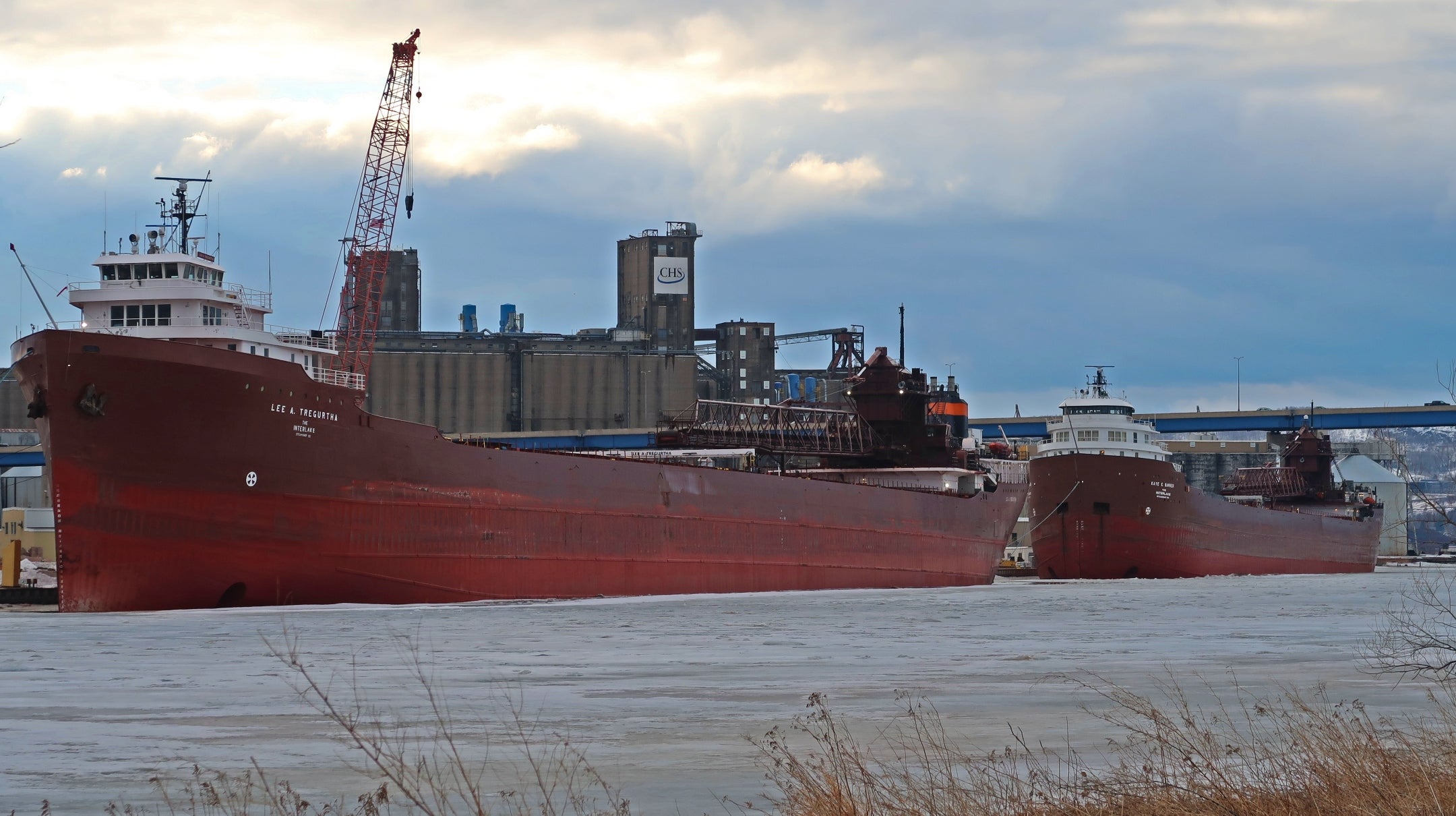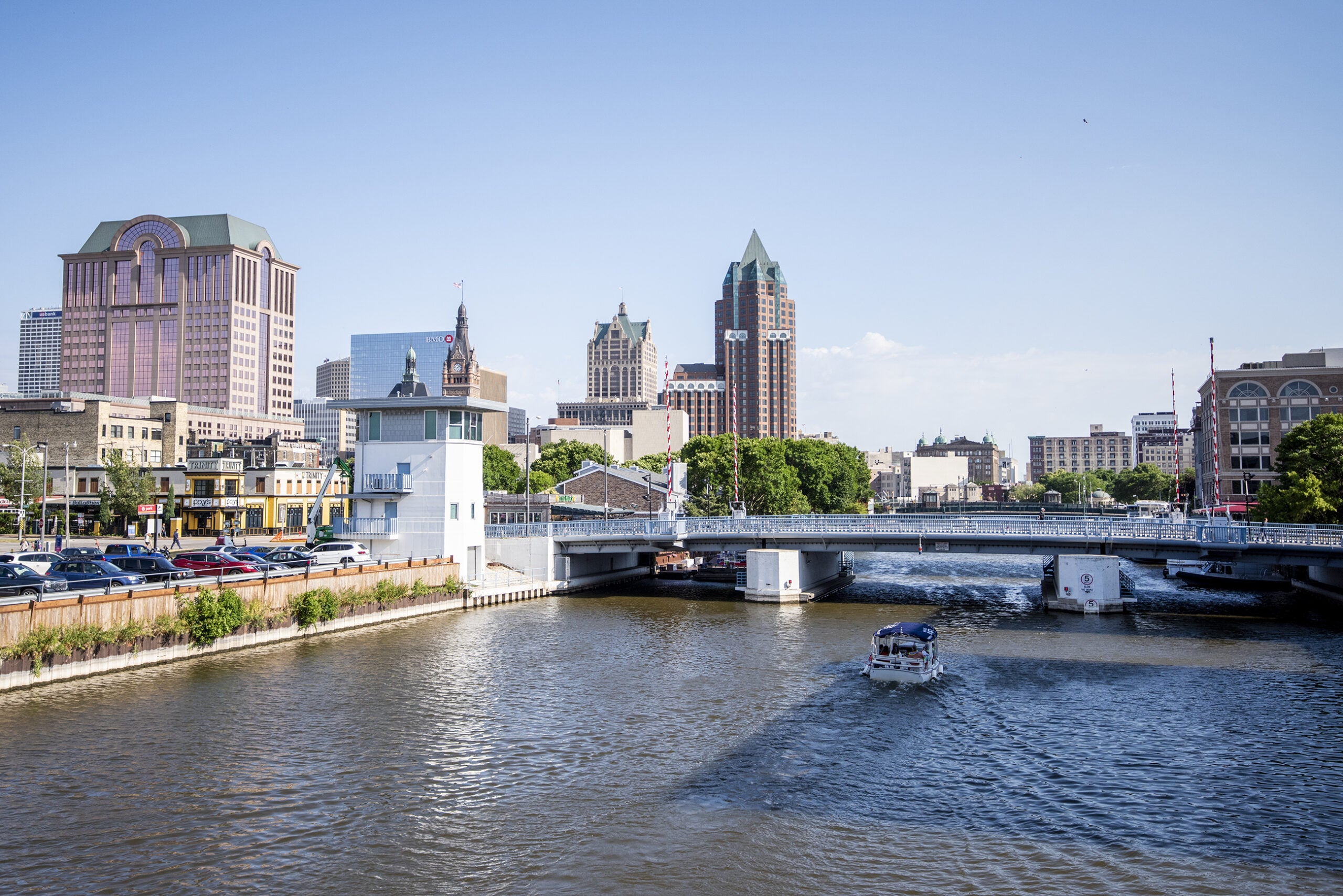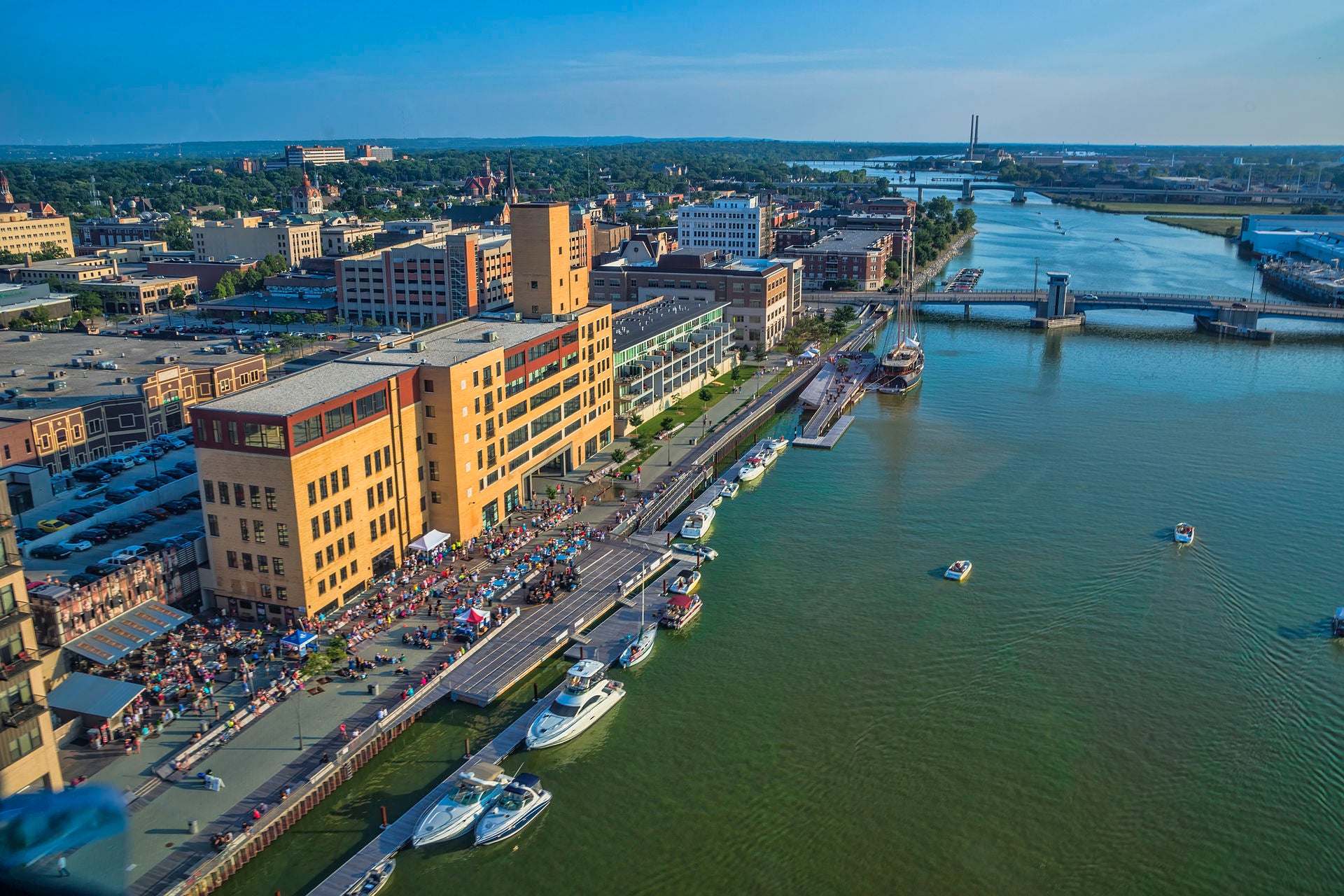The U.S. Environmental Protection Agency announced Tuesday it has awarded $13.8 million for cleanup of a contaminated bay on Lake Superior.
The federal government is funding roughly two-thirds of the $18.5 million cleanup of Howards Bay in Superior as part of efforts to remove the St. Louis River as a contaminated hotspot on the Great Lakes.
The river is one of 43 sites that were designated the most polluted areas on the lakes under the Great Lakes Water Quality Agreement. The cleanup project will remove sediments from the bay contaminated with metals like lead, mercury and polycyclic aromatic hydrocarbons.
Stay informed on the latest news
Sign up for WPR’s email newsletter.
Darienne McNamara, environmental regulatory manager for the city of Superior, said the EPA’s announcement is a significant step forward for the cleanup.
“They were the last signature to go on the project agreement, which is the agreement between the EPA and all of the nonfederal sponsors,” she said. “That’s the agreement we needed to have in place to get those funds earmarked for our project.”
In March, the Superior City Council approved signing onto a project agreement to conduct the work, marking the city’s contribution of around $2.6 million through in-kind contribution. The city of Superior will pay for the cost of stormwater treatment related to the project, as well as some road repairs from hauling dredged material.
The city will also accept dredged material at the Wisconsin Point landfill, which has been closed for almost 40 years. Around 87,000 cubic yards of dredged material will be placed at the landfill.
“The Howards Bay project is yet another example of progress being made through public-private partnerships under the Great Lakes Restoration Initiative,” said Cathy Stepp, EPA regional administrator in a release. “Cleaning up decades’ worth of contaminated sediment in the bay is a critical step in restoring the St. Louis River Area of Concern.”
The EPA said more than $2.4 billion has funded around 4,700 projects through the Great Lakes Restoration Initiative that began in 2010.
McNamara said the last step is for the EPA to sign an agreement with the U.S. Army Corps of Engineers to move forward with implementation of the project. Howards Bay hasn’t been dredged for navigation since 2011 and some portions haven’t been dredged since 1981.
The project removes hurdles to access and investment for Fraser Shipyards, said Jason Serck, the city’s planning and port director.
“From the port side, the investment continues and it’s really exciting to see,” Serck said. “It just makes us viable and those little incremental steps continue to add value to our port not only in Superior but also in Duluth.”
Fraser Shipyards is contributing more than $2.6 million to the project and the Wisconsin Department of Natural Resources is contributing around $1.5 million.
The cleanup is expected to begin next year.
Wisconsin Public Radio, © Copyright 2024, Board of Regents of the University of Wisconsin System and Wisconsin Educational Communications Board.





